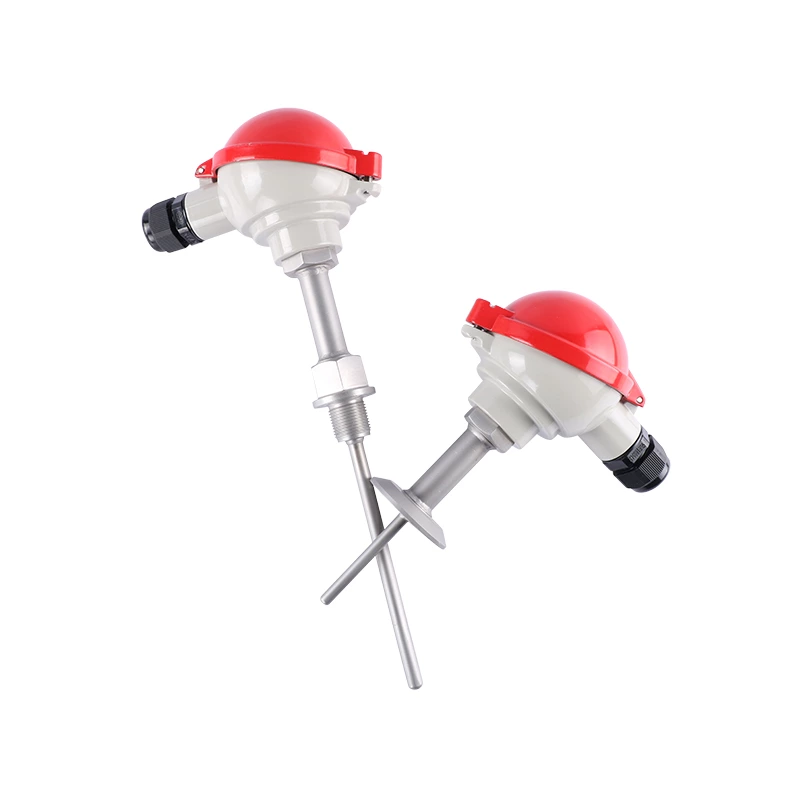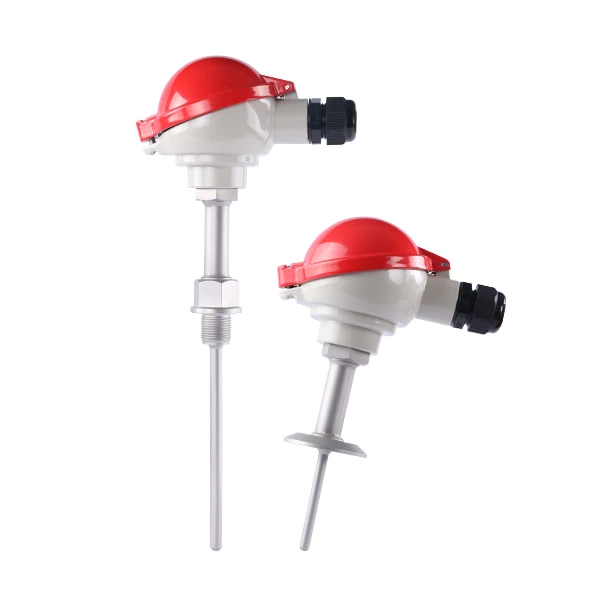Temperature measurement is a fundamental and critical step in many fields such as industrial production, scientific research experiments, and environmental monitoring. How to accurately match the demand and select the most suitable product for the wide variety of temperature instruments in the market? Here are the key points for selecting temperature instruments from multiple dimensions:
Clearly define the measurement range:
Different temperature instruments have specific ranges, such as thermocouples that can measure -200 ℃~1800 ℃, while bimetallic thermometers are typically suitable for -80 ℃~500 ℃. It is essential to select instruments with range coverage and appropriate margin based on the temperature variation range of the actual usage scenario.
For example, temperature monitoring of steelmaking furnaces requires the use of high-temperature instruments with a range of 1600 ℃ or higher; Food cold chain transportation should choose low-temperature instruments within the range of -40 ℃ to 100 ℃.
Considering measurement accuracy:
Accuracy determines the reliability of measurement results. In general industrial production, an accuracy of ± 1 ℃ is sufficient to meet the requirements; In scenarios such as scientific research experiments and precision instrument calibration, instruments with ± 0.1 ℃ or even higher precision are required.
At the same time, it is important to note that the accuracy of the instrument may change over time and in the environment, and regular calibration and maintenance are necessary.
Assess environmental adaptability:
Temperature and humidity:
High temperature and high humidity environments may affect the performance and lifespan of instruments. Instruments designed to withstand high temperatures and moisture should be selected, such as models with protective coatings or sealed enclosures.

Corrosive environment:
In environments with corrosive gases or liquids such as chemical and marine industries, instruments with corrosion-resistant materials (such as stainless steel, polytetrafluoroethylene) shells and probes should be selected.
Electromagnetic interference environment:
Temperature instruments with electromagnetic shielding function should be selected near substations and high-frequency equipment to avoid measurement errors caused by signal interference.
Determine the output method:
Select the appropriate output signal type based on data transmission and system integration requirements. Common analog signals (such as 4-20mA, 0-10V) are suitable for traditional control systems; Digital signals (such as RS485, Modbus protocol) facilitate communication with PLCs, computers, etc; Wireless transmission (Bluetooth, Wi Fi, LoRa) enables remote monitoring and data collection, improving automation levels.
Consider installation method:
Different installation scenarios correspond to different installation methods, such as threaded connections and flange connections, which are suitable for temperature measurement inside pipelines and containers;
Clamp type and magnetic suction are convenient for quick installation and disassembly;
Wall mounted systems are commonly used for environmental temperature monitoring. When selecting, ensure that the installation is firm and does not affect the normal operation of the instrument.
Budget and cost-effectiveness:
Select appropriate products based on budget while meeting functional requirements. Imported brand instruments have high precision and good stability, but are expensive; Domestic brands have high cost-effectiveness, and some models can also meet industrial applications.
At the same time, it is necessary to comprehensively consider factors such as the later maintenance cost and service life of the instrument, and calculate the cost-effectiveness of long-term use.
Understand the brand and after-sales service:
Prioritize choosing brands with good market reputation and mature technology, as their product quality and stability are more guaranteed. In addition, a comprehensive after-sales service system (such as technical support, maintenance, calibration services, etc.) can reduce worries during use.

